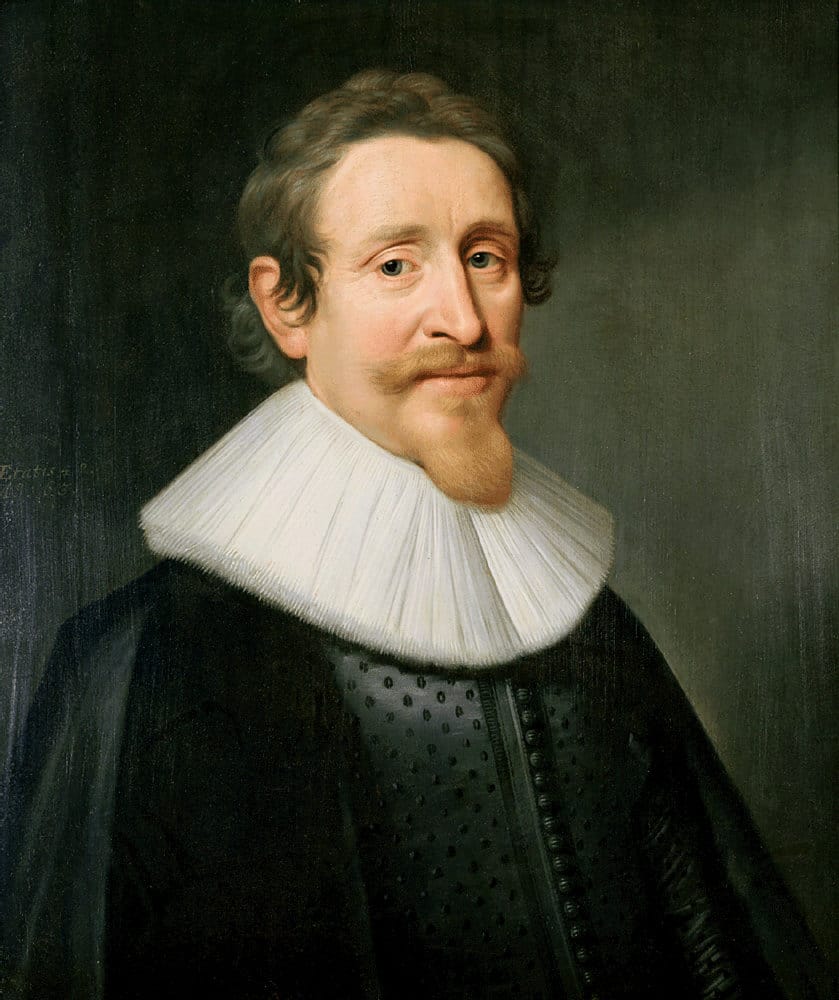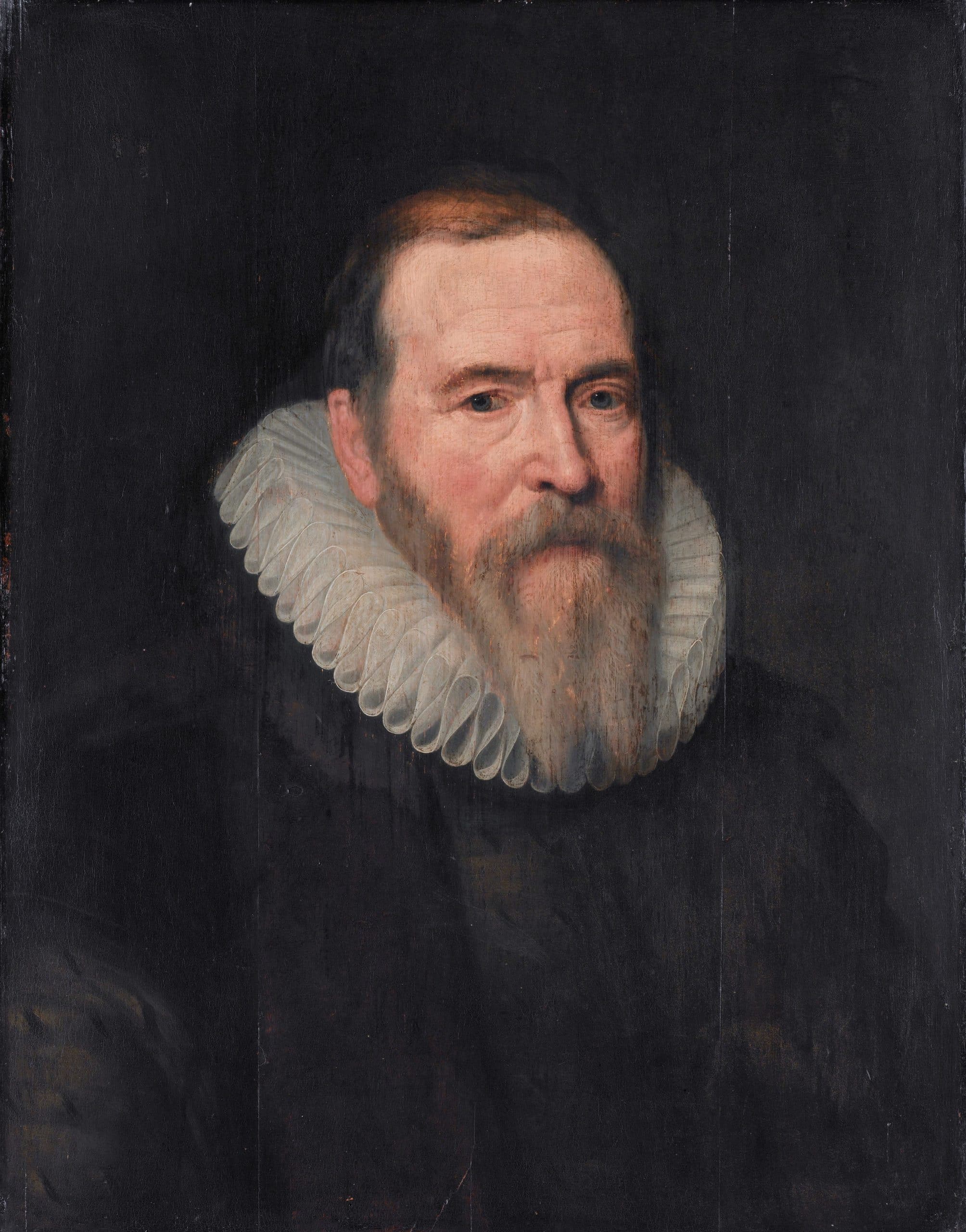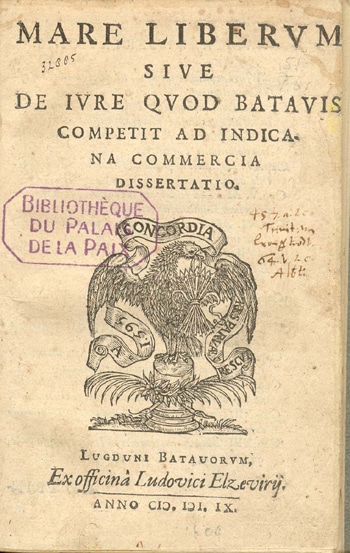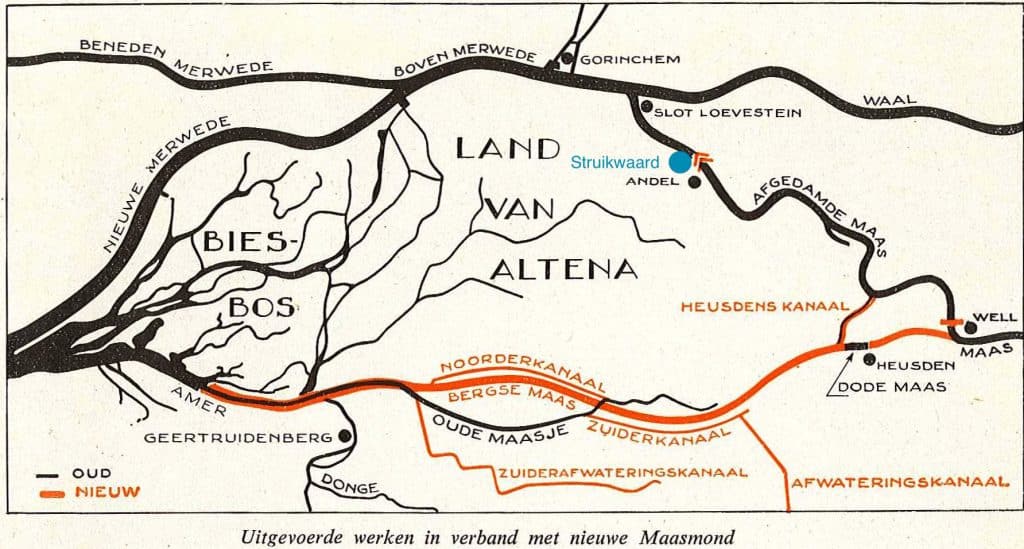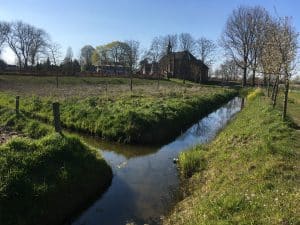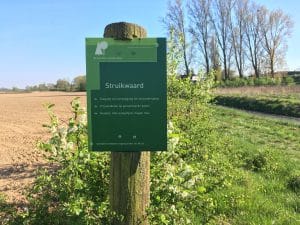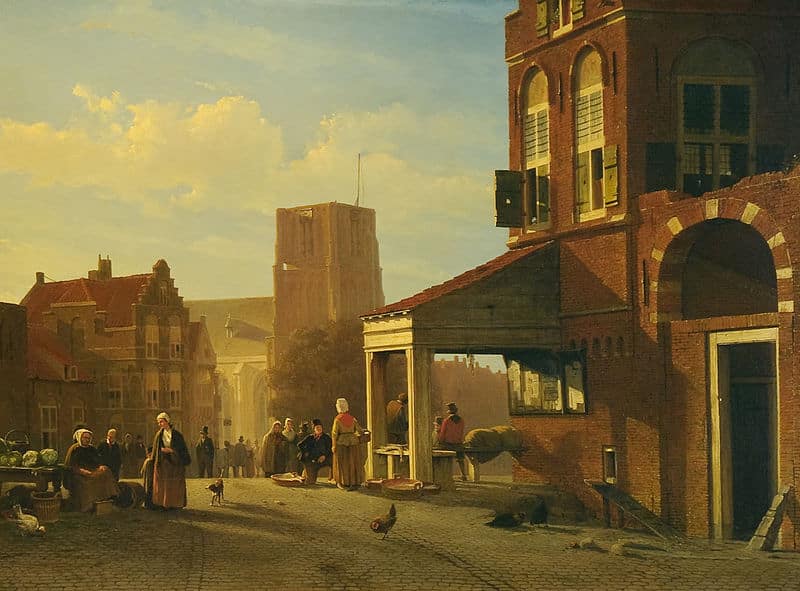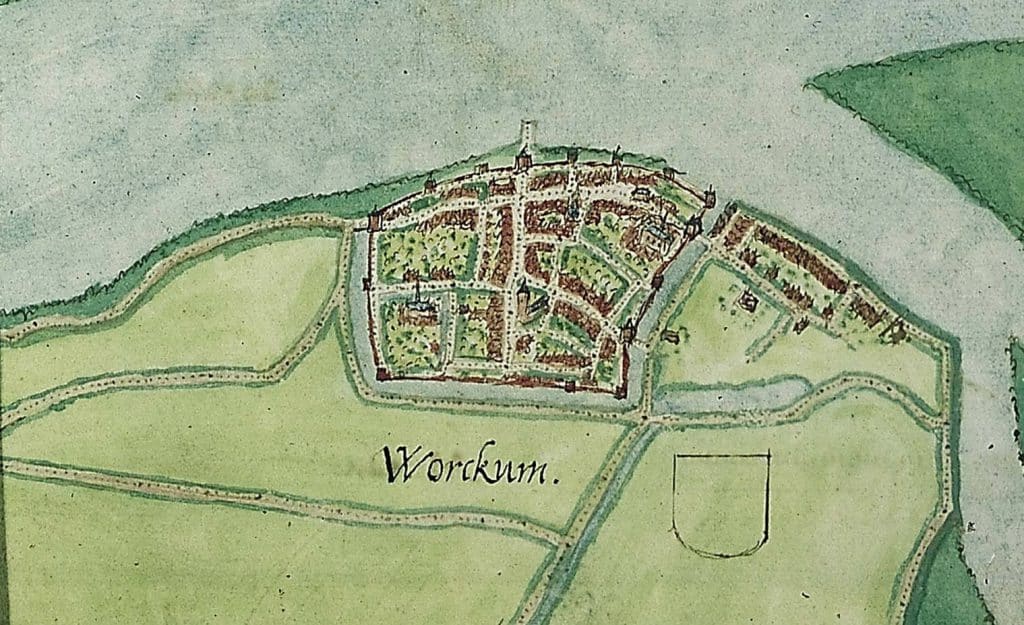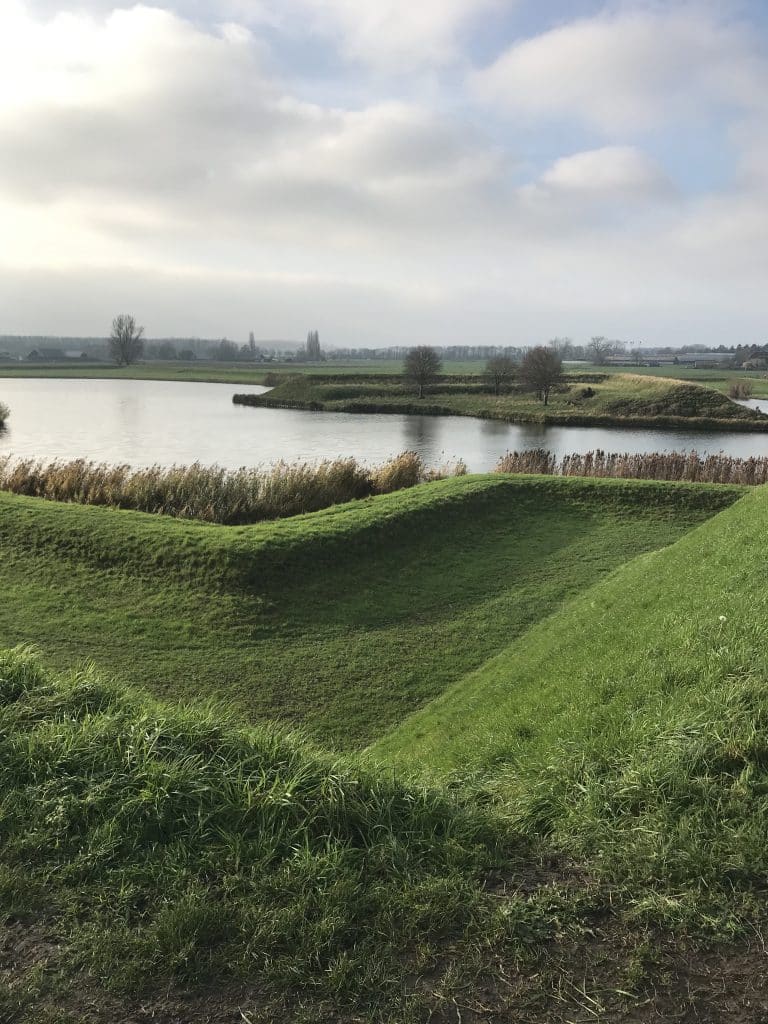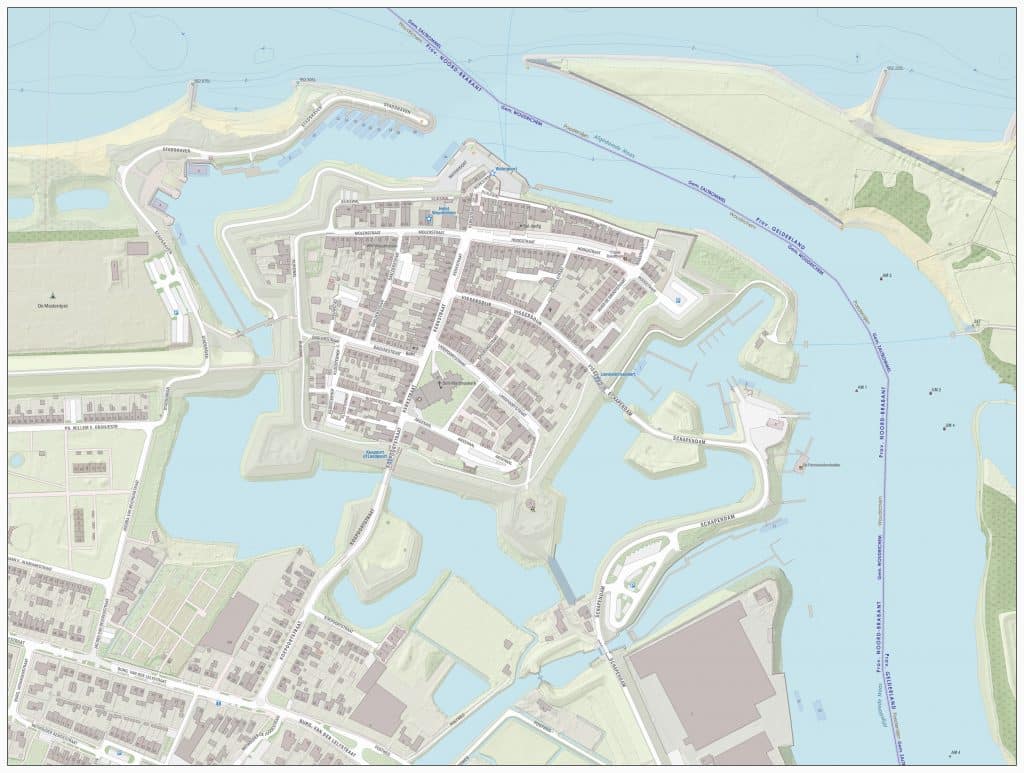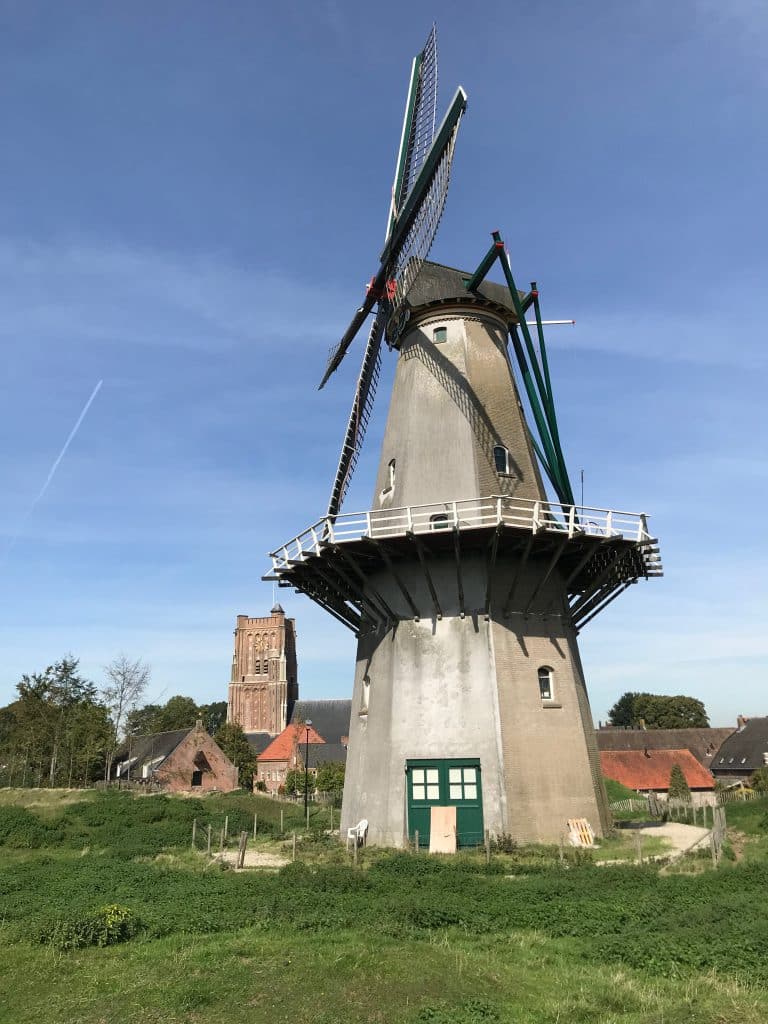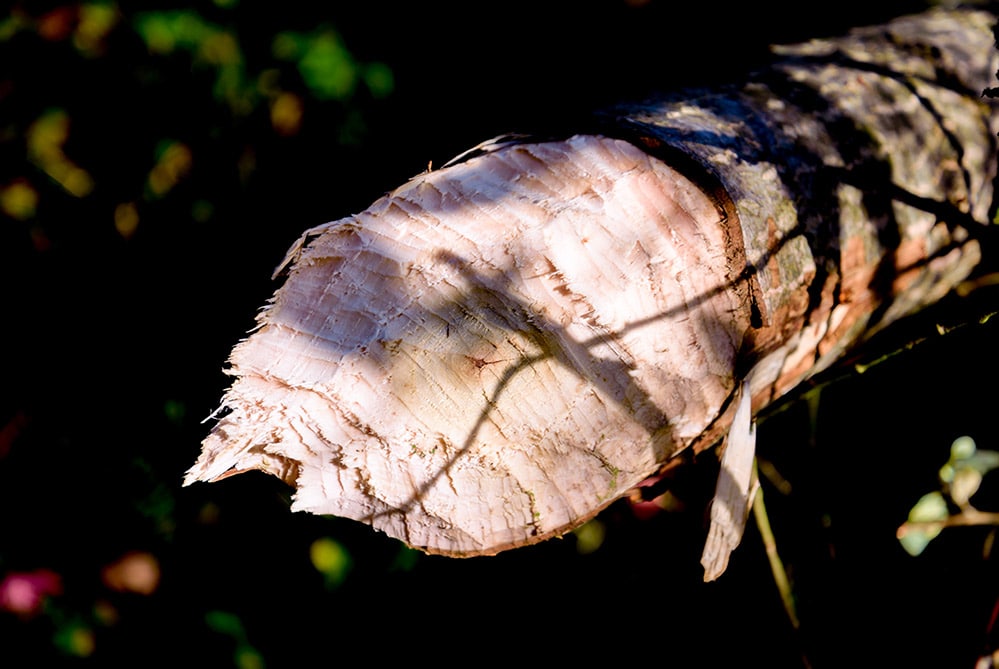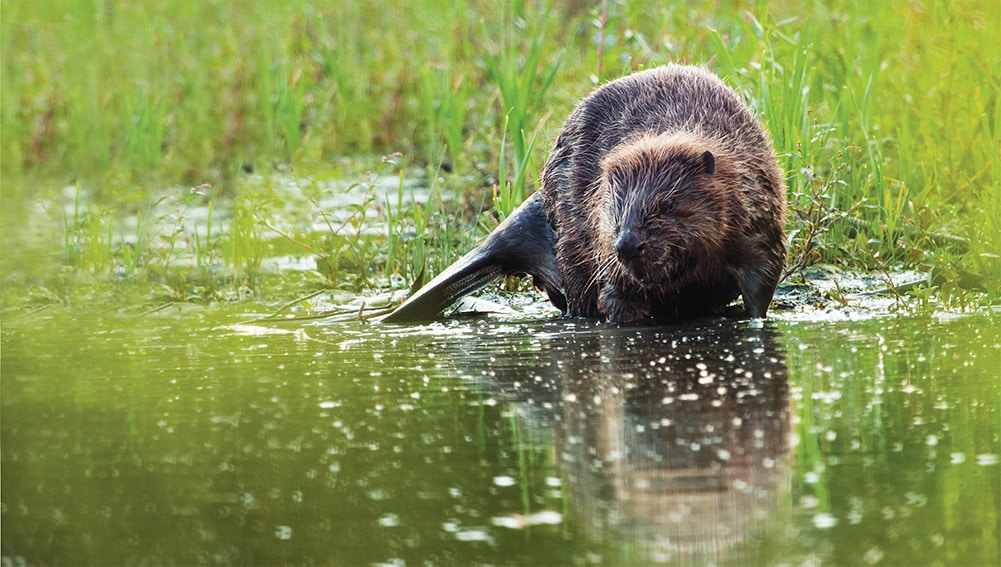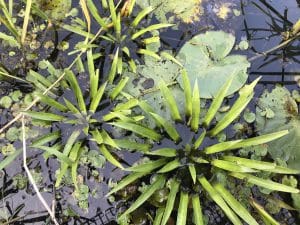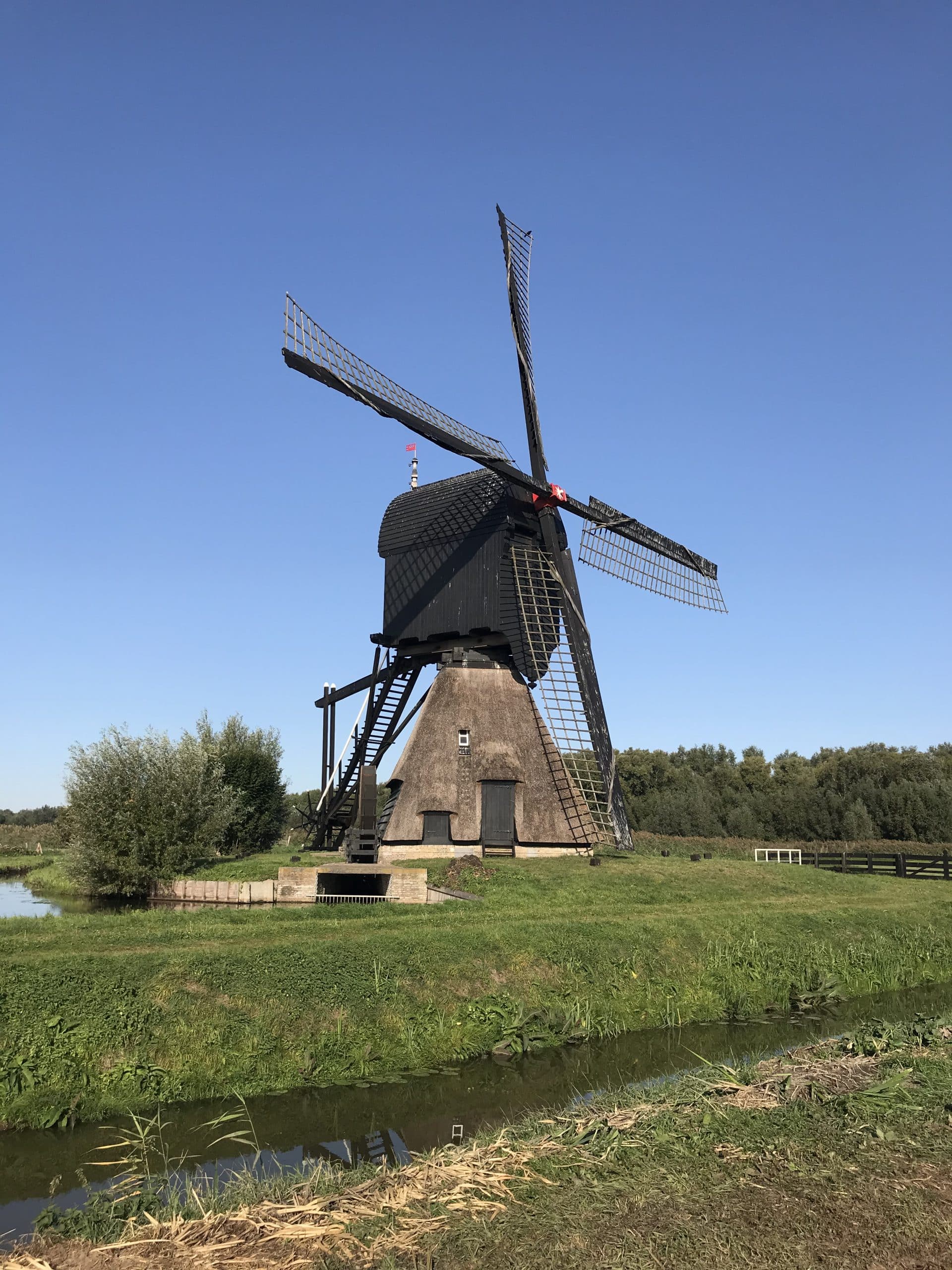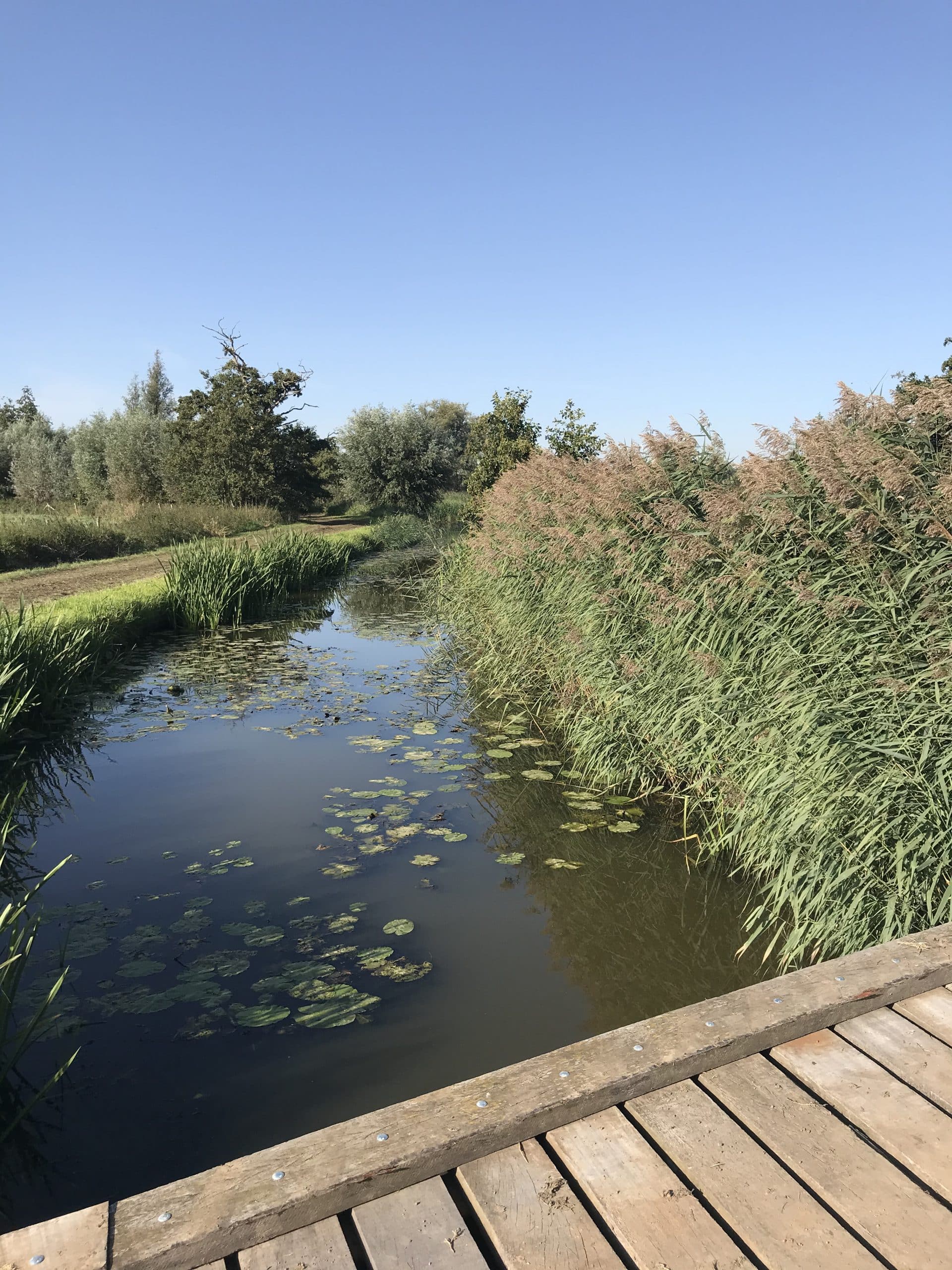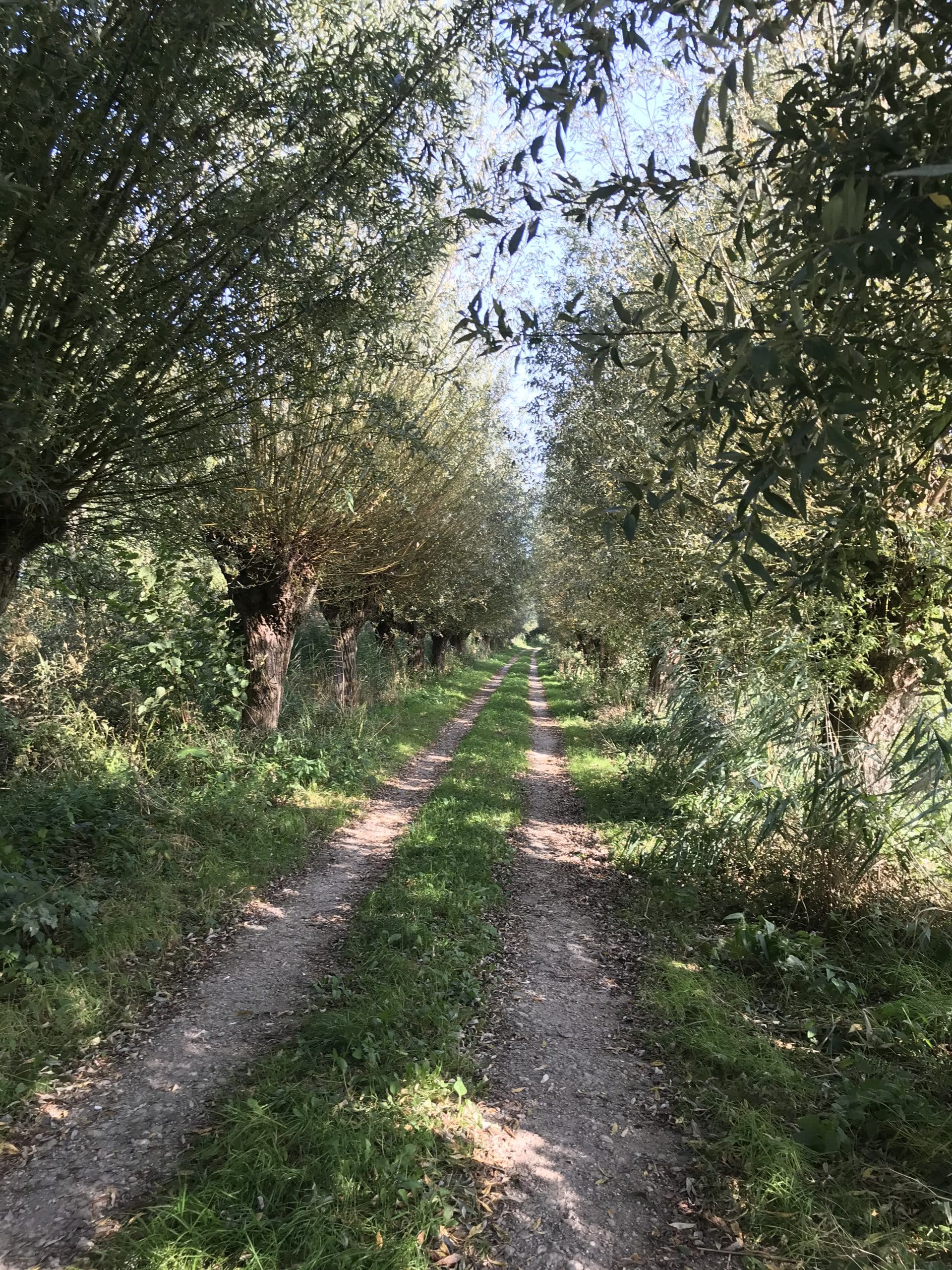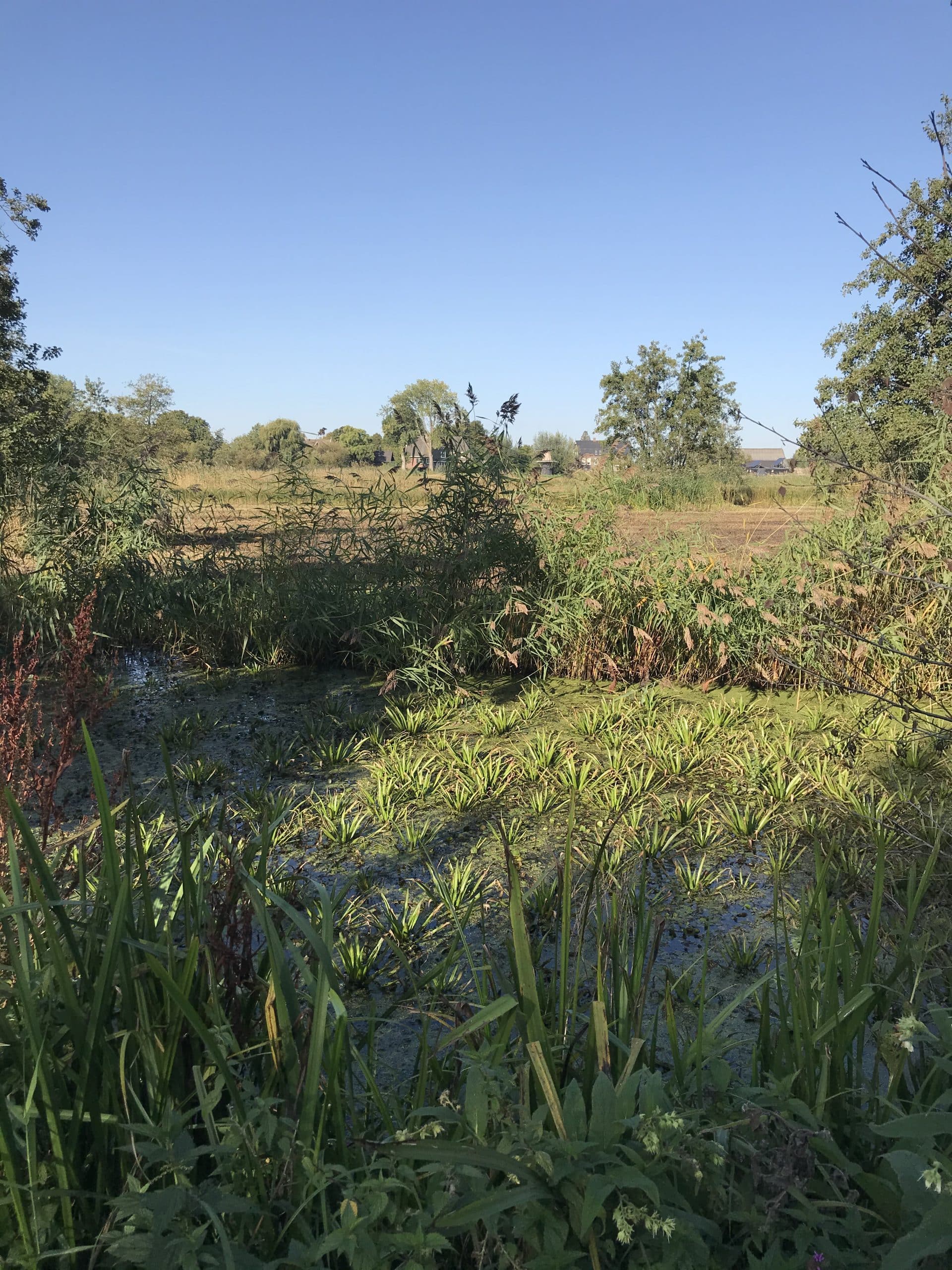In 2021, VVV Biesboschlinie will bring an "Ode to the Landscape" of Altena. Throughout the Netherlands this summer, the Dutch landscape is in the spotlight. That landscape is incredibly varied. Nowhere in the world is there so much diversity in such a small area as here. One of the eye-catchers in this varied landscape is the Dutch Waterline. Through the centuries water has been used as an ally here, and our region also celebrates this with numerous activities.
Fort Safari
July 2 Fort Bakkerskil - At the southern tip of the Nieuwe Hollandse Waterlinie, Brabants Landschap is organizing an active safari at sunset. Together with the forester you go out on the water in a canoe. You can enjoy the silence and the gently rustling reeds. Passing kingfishers, diving cormorants and gnawing beavers might just accompany you during the canoe trip. On the way the forester will provide you with a snack and drink, so you can continue with new energy.
August 11, 18 and 25 Fort Giessen - During the fort safari the forester of Fort Giessen takes you on a discovery tour through the nature around the fort. You will discover that nature is still able to provide animals and humans with necessary vitamins, nutrients and, if necessary, bandages.
Pop-up restaurant Strong Water
StrongWater is a traveling restaurant that tells the history and future use of the Nieuwe Hollandse Waterlinie. At all kinds of locations along the line we will set up camp. On forts, castles, between special buildings and surrounded by beautiful flora and fauna, you will experience the line to the fullest. Taste the special dishes that have a link to the defense work and experience the history of the Nieuwe Hollandse Waterlinie in a special way. From July 8, Strong Water will set up camp at Fort Giessen.
Bicycle tour along the forts of the Biesbosch Line
Whoever says Water Line, says forts. How much fun is it to see them on a bicycle tour? A special route of 70 km takes you through the green landscape of the Biesbosch Line, past four forts, two inundation sluices and fortified town of Woudrichem. Along the way you will come across several group shelters and casemates, and you can take a look at the forts Bakkerskil, Altena and Giessen.
We close the lines
In the evening hours of September 3, 4, 10 and 11, 2021, we close the lines, literally. In cooperation with Rijkswaterstaat and the water boards, we will test as many parts of the Hollandse Waterlinie as possible. At various locations you can have dinner or a drink, after which you will discover the secrets of the water line with light, image and sound. In Woudrichem, we close the Sept. 11 Loevestein Gate, and a storyteller and projection on the fortified town wall complete the evening. Dine at Slot Loevestein or the fortified town of Woudrichem.
Liniepadfestival
This year the Liniepadfestival also brings an Ode to the landscape of the Dutch Waterline. The festival will take place from September 11 to 19, between the weekend of Open Monumentendag and the first art weekend of foundation Kunst in Almkerk. The Liniepadfestival lets you enjoy the landscape along the waterline with music, theater, heritage and landscape art. A special bike and walking route connects the town hall with the Liniepad and the forts of the Dutch Waterline.
Information on activities at www.biesboschlinie.com

